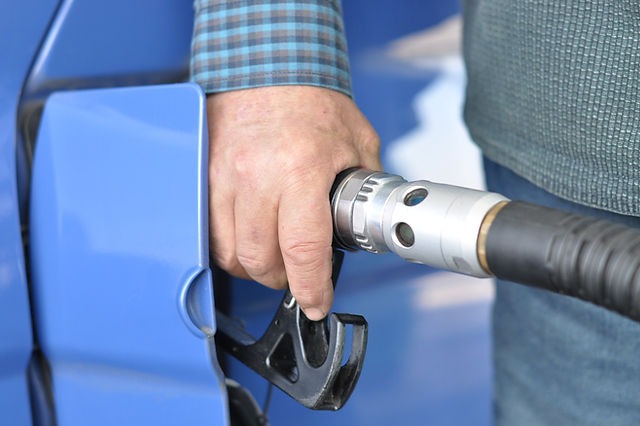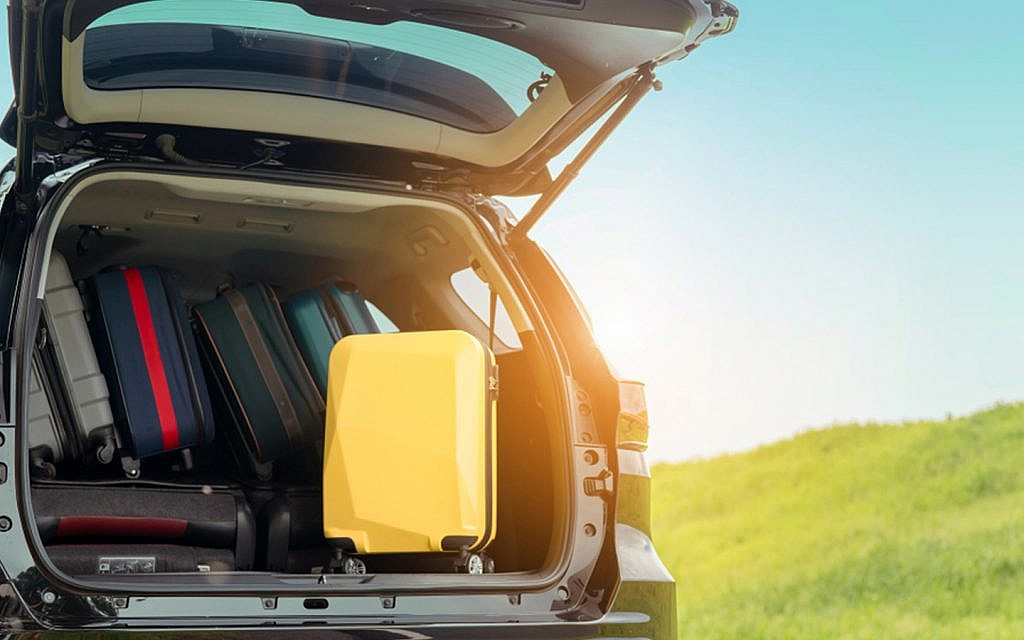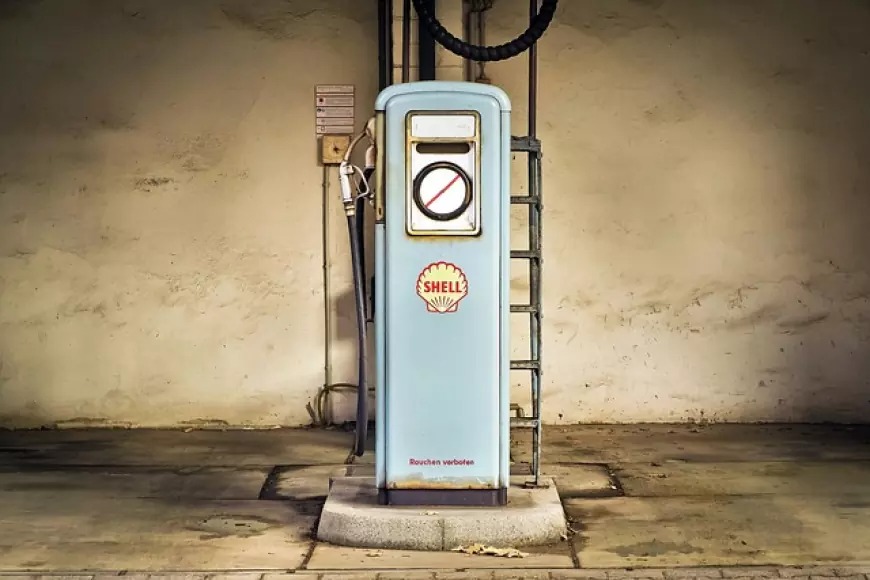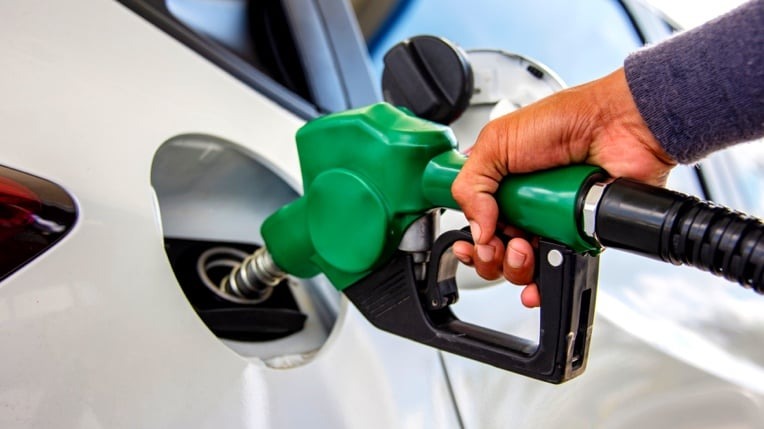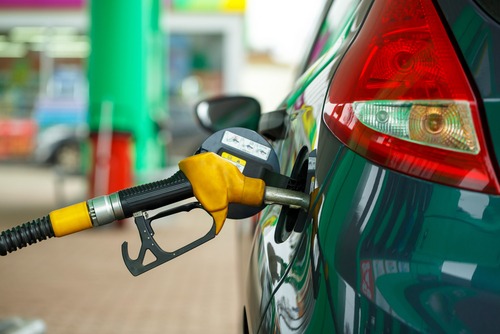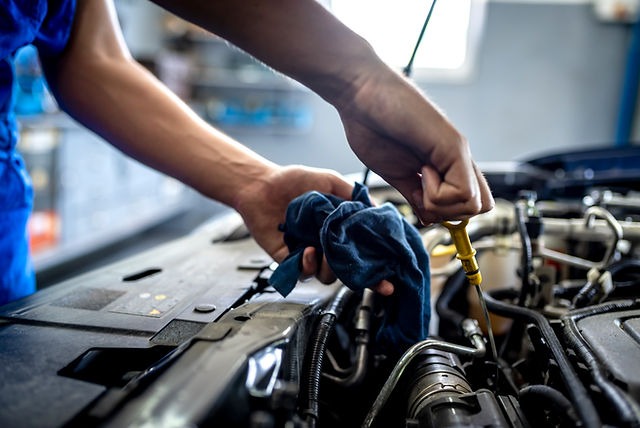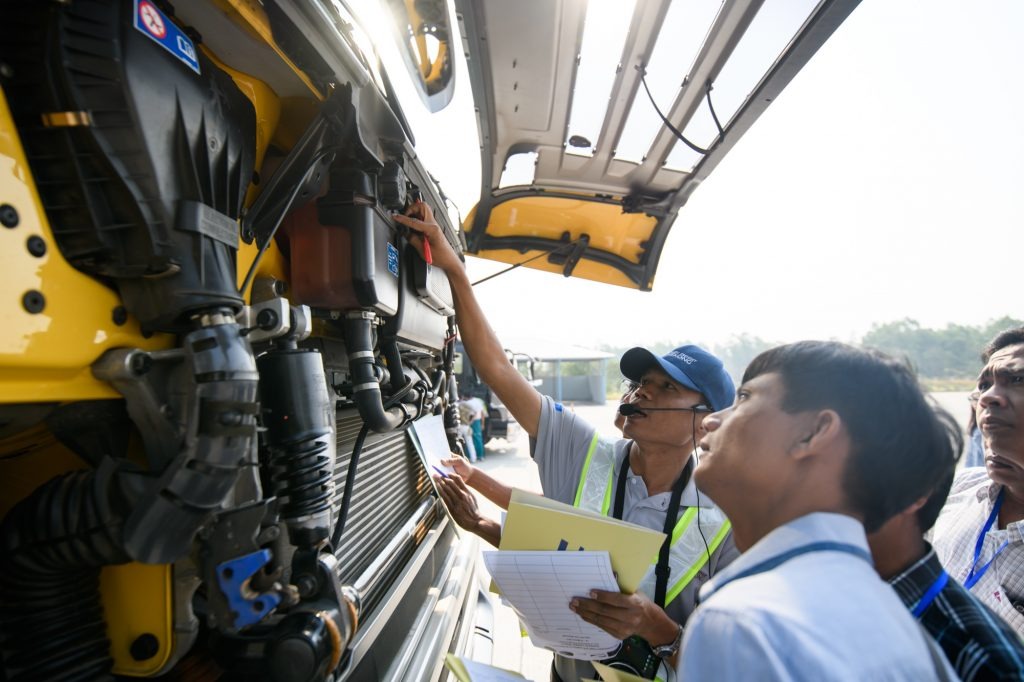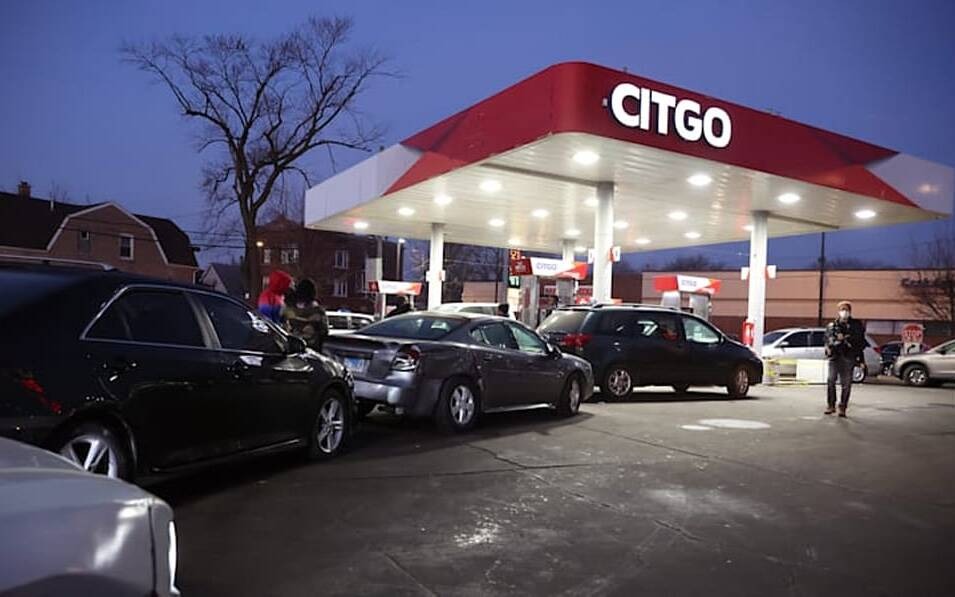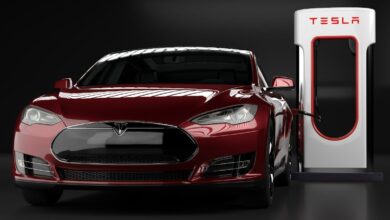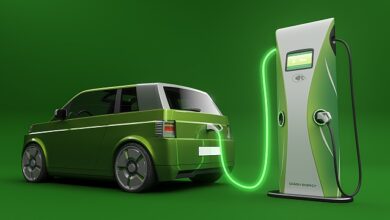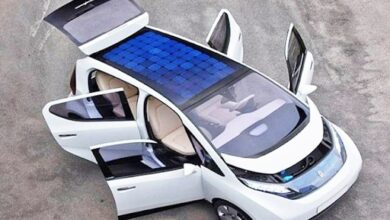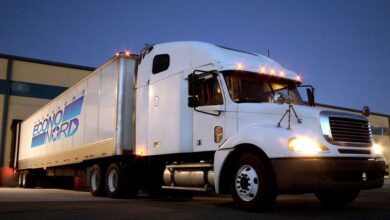Fuel-Saving Techniques: A Guide to Efficient Driving
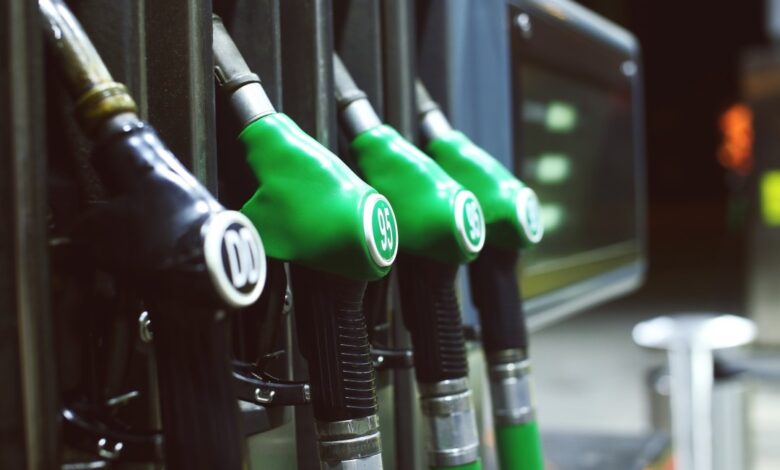
In a world where the quest for sustainability intertwines with the daily rhythms of our lives, the way we approach driving becomes a pivotal point of change. Enter the realm of fuel-saving techniques—a guide to not just reaching our destinations but doing so with a mindful efficiency that echoes through the corridors of environmental responsibility.
Picture a journey where every drop of fuel counts, and every mile traversed leaves a lighter footprint on our planet. In this exploration, we delve into the art of efficient driving, uncovering a myriad of techniques that not only save fuel but also foster a connection between driver and machine, turning each commute into a conscious act of resource conservation.
From the nuances of maintaining an optimal speed to the art of smooth acceleration and deceleration, we navigate the landscape of fuel efficiency. This isn’t just a guide; it’s a roadmap to understanding how our driving habits can harmonize with the environment. Whether it’s embracing new technologies, adopting eco-friendly driving practices, or simply being mindful of vehicle maintenance, the journey to efficient driving is a mosaic of small, impactful choices.
As we embark on this road less traveled, we’ll explore the symbiotic relationship between responsible driving and a sustainable future. From the suburban streets to the open highways, each turn of the wheel becomes an opportunity to contribute to a greener tomorrow. Welcome to the guide that transcends the mundane act of driving—welcome to “Fuel-Saving Techniques: A Guide to Efficient Driving.”
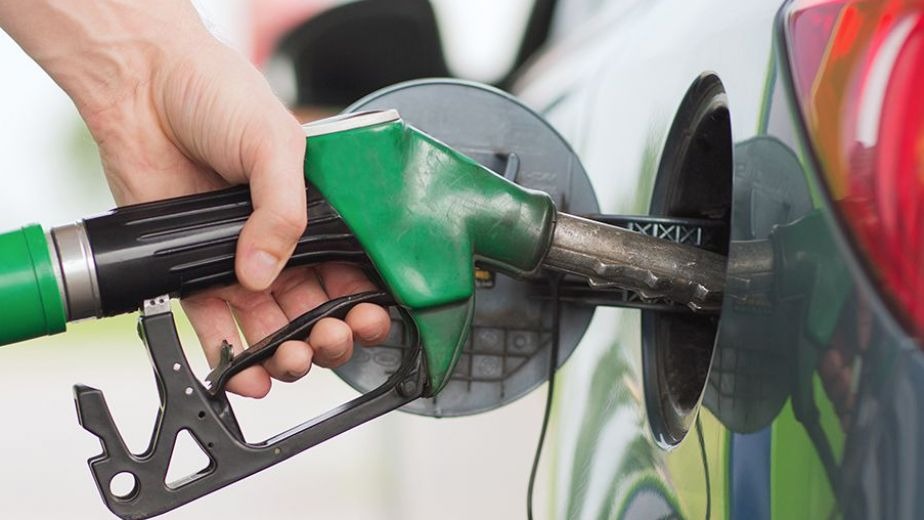
Contents
Maintain Your Car
Proper vehicle maintenance is vital for fuel efficiency. Neglecting regular maintenance can lead to increased fuel consumption. Here are some essential maintenance tips:
Keep Your Tires Inflated
Underinflated tires can increase fuel consumption by up to 3%. Check your tire pressure regularly and ensure they are inflated to the manufacturer’s recommended level. This simple step can significantly improve fuel efficiency.
Use the Right Engine Oil
Using the manufacturer-recommended engine oil can help reduce friction and improve fuel efficiency. High-quality synthetic oils are designed to provide better lubrication, resulting in less engine drag and increased mileage.
Change Air Filters
Dirty air filters restrict airflow and make your engine work harder, leading to decreased fuel efficiency. Regularly replacing air filters can improve fuel economy by up to 10%.
See more: LED Technology: Revolutionizing Road Lighting
Plan Your Trips Efficiently
Proper trip planning can help you save fuel by avoiding unnecessary driving and optimizing your routes. Here’s how you can do it:
Combine Multiple Errands
Rather than making multiple short trips, try combining several errands into one longer trip. This way, you can reduce cold starts and drive more efficiently, saving both time and fuel.
Using GPS navigation systems like Google Maps or Waze can help you find the most efficient routes, considering factors such as traffic congestion and road conditions. By avoiding heavy traffic and choosing shorter routes, you can save fuel.
Carpooling and Ride-Sharing
Consider carpooling or ride-sharing with colleagues, friends, or neighbors who have similar destinations. Sharing a ride not only reduces traffic congestion but also lowers individual fuel consumption.
Drive Smoothly and Avoid Aggressive Driving
Your driving style has a significant impact on fuel efficiency. By adopting a smooth driving approach, you can save fuel and reduce wear and tear on your vehicle.
Accelerate Gradually
Avoid aggressive acceleration as it consumes more fuel. Gradually increasing your speed allows your engine to operate more efficiently and helps maximize fuel economy.
Maintain Consistent Speeds
Constantly fluctuating speeds can increase fuel consumption. Whenever possible, use cruise control on highways to maintain a consistent speed, resulting in better fuel efficiency.
Avoid Speeding
Driving at high speeds significantly reduces your vehicle’s fuel efficiency. Studies have shown that driving at 55 mph (88 km/h) instead of 65 mph (105 km/h) can improve fuel economy by up to 15%.
Reduce Aerodynamic Drag
Reducing aerodynamic drag can make your vehicle more fuel-efficient, especially at higher speeds. Here are some techniques to achieve this:
Remove Roof Racks and Cargo Carriers
When not in use, remove roof racks, cargo carriers, or anything else that may disrupt the aerodynamics of your vehicle. These additions increase wind resistance and decrease fuel efficiency.
Close Windows at High Speeds
Driving with open windows at high speeds increases drag and reduces fuel efficiency. To minimize aerodynamic resistance, close your windows and use the vehicle’s ventilation system instead.
Keep Your Vehicle Clean
Believe it or not, a clean car has better aerodynamics than a dirty one. Regularly washing and waxing your vehicle not only keeps it looking good but also reduces drag, contributing to improved fuel economy.
Utilize Vehicle Technologies
Advancements in vehicle technologies have provided us with various tools to improve fuel efficiency. Here are a few technologies you can utilize:
Start-Stop Systems
Many modern cars are equipped with start-stop systems that automatically shut off the engine when idling, such as at traffic lights or in traffic jams. These systems reduce unnecessary fuel consumption during periods of inactivity.
Eco-Mode or ECO Assist
Some vehicles have an eco-mode or eco-assist feature that optimizes engine performance for better fuel efficiency. Enable this mode whenever possible to maximize your car’s gas mileage.
Hybrid or Electric Vehicles
Consider investing in hybrid or electric vehicles if you’re looking for long-term fuel savings. These vehicles use alternative power sources and offer significantly better fuel efficiency compared to traditional gasoline-powered cars.
Fuel-Saving Techniques – A Guide to Driving with Efficiency
Saving fuel when driving a car is not only beneficial for your wallet but also for the environment. By adopting the techniques mentioned in this blog post, such as maintaining your car, planning trips efficiently, driving smoothly, reducing aerodynamic drag, and utilizing vehicle technologies, you can significantly improve your vehicle’s fuel economy. Remember, small changes in driving habits can go a long way in reducing fuel consumption and making our journeys more sustainable. So go ahead, implement these tips, and enjoy both the savings and the greener drive!
See more at: Topcarr

